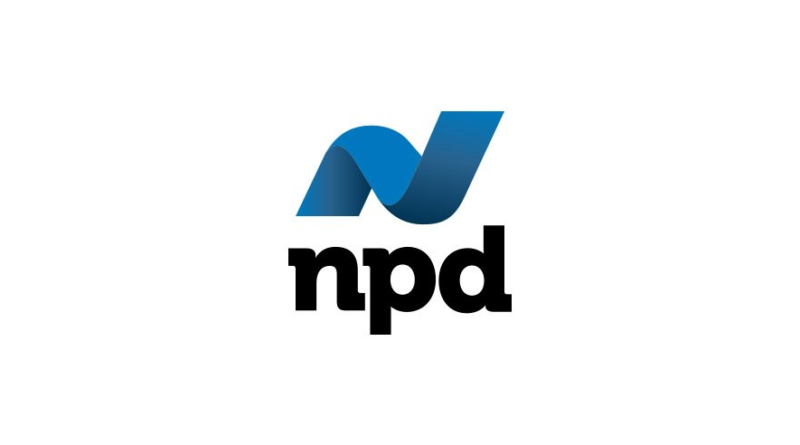From our friends at The NPD Group:
This year is likely to have some similarities to 2020, but may also be quite different for many industries. So, maybe 2019 is a better comparison to make, right? Not quite. In order to understand the flow of retail for 2021, we need to look at both of the preceding years. This approach will help retail plan more effectively and build more realistic expectations around challenging year-over-year comps in 2021.
E-commerce will sustain growth, to a degree.
In 2020, some industries saw a 40% to 50% lift in online sales over 2019. We can be fairly certain that e-commerce will sustain some of the market penetration it claimed in 2020, but it will retrench a bit. In 2021, those industries are likely to see growth closer to 20% over 2019. The consumer’s pent up demand for in-store shopping will most certainly drive traffic back to stores once the country re-opens and confidence in the safety of doing so returns. Combine this with the shipping delay and fulfillment challenges e-commerce has faced, particularly late in 2020, and the online channel will need to find ways to reinforce its value to the consumer in the evolving shopping environment of 2021.
Growth opportunities will have caveats at all levels.
Retail can expect changes in consumer demand over the course of 2021, which will come with opportunity and challenges. As experiential spending returns, those categories that support it (i.e. luggage) will prosper yet again. Pent up demand will appear to drive a lot of repressed industries to growth again, but only against soft comparable 2020 sales in the 2nd, 3rd, and 4th quarters. Some of these shifts in spending also means many of the stay-at home investments consumers made in 2020 and early 2021 will slide back. Every industry needs to figure out how to continuously fit into the consumer’s life in the current moment in order to be able to better drive healthy growth amidst the uncertain times ahead.
When it comes to the consumer’s spending ability, stimulus money played a big part in helping to drive retail through 2020. While we will likely see some stimulus assistance in early 2021, it isn’t something we can, or should count on throughout the year. Retail needs to plan as though that consumer assistance won’t be there, and any that does come will be icing on the cake.
2021 will be about scenario planning on steroids planning for some level of recovery but being prepared for unknown delays in that recovery, planning for different sets of consumer needs but being prepared for unknown shifts around every turn. The biggest difference between 2021 and 2020 is that we have the benefit of knowing from the start that the year will be riddled with uncertainty, and retail can use that knowledge to fuel preparations and anticipate the need for agility.
Marshal Cohen
Chief Industry Advisor, Retail
@marshalcohen


